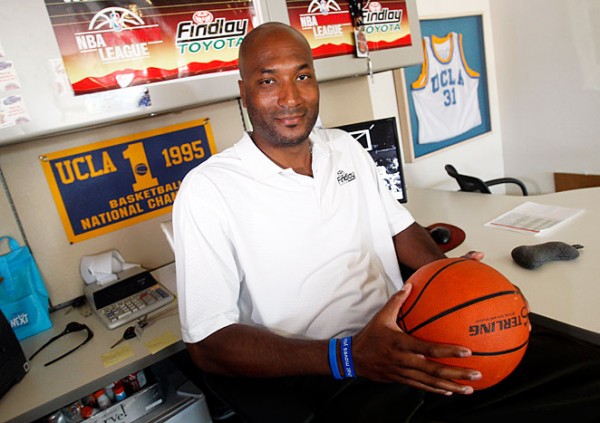Why the NCAA Could be Taking a Huge Risk in the Ed O’Bannon Suit
Posted by Chris Johnson on September 27th, 2013Chris Johnson is an RTC Columnist. He can be reached @ChrisDJohnsonn.
It wasn’t so long ago that we discussed the possibility of former UCLA basketball player Ed O’Bannon and his group of plaintiffs being granted class certification by U.S. District Judge Claudia Wilken in their lawsuit against the NCAA, Electronic Arts and the Collegiate Licensing Company. Thursday’s news forced a revision of that statement. The lawsuit now counts one defendant: that four letter institution we love to hate, the NCAA. Hours after EA announced it would no longer manufacture its popular college football video game, the video game company and CLC announced a settlement of a wide swath of cases brought against them by former players. The settlements, according to reports, will result in between 200,000 and 300,000 players receiving compensation for the previous use of their likenesses. Current players could also be in line to receive compensation, though it is unclear whether accepting money would compromise their eligibility. It is believed EA’s decision to cancel its production of NCAA Football – and thus dissociate itself from its sticky and laughably contrived argument that player likenesses were not modeled after real-life human characteristics (even after SB Nation discovered the use of former Florida quarterback Tim Tebow’s name in virtual playbooks designed by EA for its NCAA Football ’10 game) – was a preemptive move to eliminate the possibility of “damages” against current student-athletes, whose likenesses would have been used in the game.

The settlements reached by EA and CLC makes the O’Bannon case a one-on-one legal battle with the NCAA (AP Photo).
That leaves the NCAA – who according to a USA Today report Thursday, is beefing up its legal team with the intention of fighting its case all the way to the Supreme Court – as the lone defendant. If the NCAA is truly bent on embarking on a long, drawn-out, high-profile legal battle, it risks not only having to pay billions of dollars to current and former players. It won’t have any say in when it must make those payments. O’Bannon and his plaintiffs, in other words, could be entitled to massive sums over a compressed time period after the trial. That’s a risk the NCAA appears willing to take, given its reported hiring of powerful attorneys. But is that a wise strategy? Or should the NCAA take EA and CLC’s lead and try to negotiate a settlement? We probably won’t find out until Wilken decides whether to certify O’Bannon’s class – which, according to legal experts, is likely to be the case. What’s interesting about EA and CLC’s decision to settle is the implicit message it sends – that the class is likely to be certified, and that cutting their losses now and reaching a deal before making themselves liable to much, much larger payments in a class action suit was the most prudent move available. It almost seems as if EA and CLC saw the writing on the wall. Another interesting part of this settlement comes from Sports Illustrated legal analyst Michael McCann, who suggests O’Bannon and his plaintiffs are “likely demanding information that would help them advance legal claims against the NCAA. A settlement with EA and CLC, in other words, makes one with the NCAA more likely.”









































